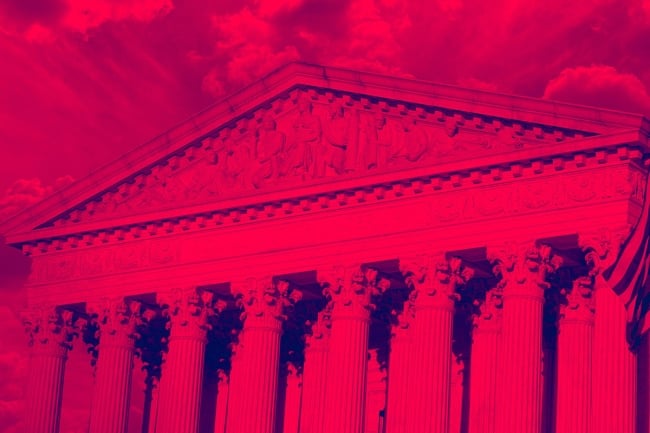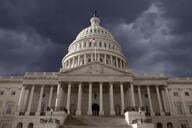You have /5 articles left.
Sign up for a free account or log in.

Douglas Rissing/iStock/Getty Images Plus
Fall 2024 has arrived and has brought the first glimpse of selective college enrollments after the Supreme Court’s ban on race-conscious college admissions practices. Those hoping for clarity about how the court’s decision affected colleges will be disappointed: The data thus far are mixed.
Some elite institutions have reported large to moderate drops in enrollment shares among Black/African American and Hispanic/Latino students, including a 15-percentage-point drop at the Massachusetts Institute of Technology and a 10-percentage-point drop at Brown University. At Amherst College, the share of Black students fell by eight percentage points. Other colleges have reported no change (Yale University) or even increases (Duke University) in representation among Black students.
What should we make of this variation? According to The New York Times, admissions experts are “baffled.” Opponents of affirmative action claim that colleges must be skirting the ban, since these very institutions previously said they couldn’t maintain racial diversity without considering race. But research we have done at Georgetown University’s Center on Education and the Workforce provides a clear explanation for why the changes in racial diversity at selective colleges might vary so widely—without violations of the ruling.
The ban on race-conscious admissions affects colleges differently because their approaches to admissions are as varied as the colleges themselves. Not all colleges had race-conscious admissions even before the Supreme Court decision, whether due to state-level bans or institutional preferences. And colleges diverge in how they weigh other admissions factors, from standardized test scores to extracurriculars, with family connections (known as legacy admissions) being one of the most opaque considerations in the admission process.
Colleges also rely on application essays to varying degrees—and the Supreme Court’s decision stated that, while race could not be considered categorically in admissions, applicants could still choose to reflect in their essays on how race has affected their personal experiences. Finally, colleges differ in the applicants they attract and in how successful they are in persuading admitted students to enroll.
The downside of all this variation is that we can’t necessarily attribute year-over-year changes in enrollment to the end of race-conscious affirmative action in college admissions. The upside, though, is that colleges have a lot of race-neutral options for recruiting, admitting and enrolling a racially diverse student body.
How do we know this? Before the Supreme Court issued its decision, we published a report on the prospects for achieving racial and ethnic diversity at selective colleges if the court declared race-conscious admissions unconstitutional. Based on our analysis of six potential admissions models, we predicted that racial diversity at selective colleges would most likely decrease if race-conscious affirmative action were banned.
Colleges do have several race-neutral options for preventing these predicted declines in student body diversity, although implementing them won’t be easy. Race-neutral admissions models can maintain or increase representation for underrepresented racial groups at selective colleges, including Black and Hispanic students, under some legally permissible conditions. But they offer much less potential than race-conscious approaches to substantially increase representation among Black and Hispanic students so that selective colleges’ student bodies come close to mirroring the demographics of graduating high school students.
A dearth of highly qualified students from historically underrepresented groups isn’t the issue. Instead, the problem is that the sticky residue of racism and discrimination throughout our nation’s history continues to put these groups at a disadvantage, beginning at birth and accumulating over their educational experiences and working lives. For those arguing that class-conscious admissions models would better address such systemic disparities, guess what? Race-conscious admissions models produce the highest levels of socioeconomic diversity as well.
Some of the selective colleges that have maintained their previous levels of Black/African American and Hispanic/Latino student body representation are taking race-neutral steps such as expanding financial aid for low-income students, eliminating legacy admissions and growing their applicant pool. Following their lead, the institutions that have experienced large declines in Black/African American and Hispanic/Latino student enrollment this year will face mounting pressure to claw back the diversity they’ve lost using such race-neutral strategies. The Supreme Court made it much more difficult, but not impossible, for colleges to craft a racially diverse class. Institutions must now decide how hard they are willing to work to accomplish this goal.




